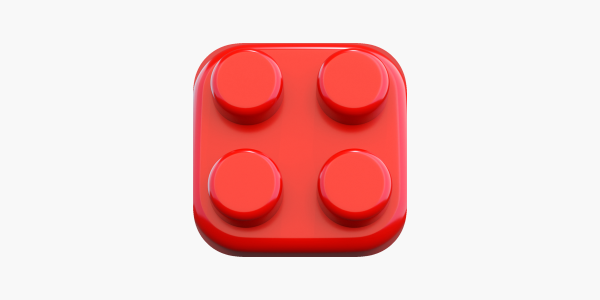Ronin The Last Samurai - Precision gameplay and balanced economy

Ronin The Last Samurai is a shining example of how incredible control design can elevate a game. It simplifies the complex positioning and careful timing of katana-based swordplay to only two buttons, and it does so without reducing combat to button mashing or mindless grinding.
You can see where developers Dreamotion got their inspiration from. Ronin’s gameplay draws heavily from souls-like games like Sekiro. Like Sekiro, Ronin is a game about counter-attacking rather than aggressive action. Success in combat depends on your ability to read your opponents’ movements and respond appropriately. Light attacks can be parried with a well-timed block, opening up an enemy’s defense and allowing for a quick combo of slashes. Heavy attacks (signaled by a glowing red symbol above an enemy’s head) require a bit more patience -- strike at the moment just before they swing their blade to counter-strike and deal massive damage.

Parrying and counter-striking are simple enough when there is only one enemy on your screen, but things can quickly devolve into chaos when you have multiple swordsmen attacking you at once. There are several different types of enemies to keep track of as well, each with their own attack animations and parry timings. In the later chapters, knowing how to prioritize which attacks to parry becomes just as important as your ability to time your blocks and strikes.
Ronin is mostly played with just two buttons: the left button both moves you and blocks strikes, and the right button attacks. You can hold and drag the left button to move, which raises your sword, reducing the damage you receive from light attacks, but quickly tapping it at the right moment will parry an enemy strike. A simple tap of the right button will make your swordsman swing his blade, but Ronin encourages acting with deliberateness by allowing you to chain strikes by carefully timing your taps. Tap too quickly and you can’t perform a combo. Depending on the sword you’ve equipped, attack animations can be slow, and striking at the wrong moment can leave you open to attacks from the side or back. However, you can instantly interrupt an attack pattern with the left button to parry any incoming attack. I’m certain this game would work just fine with your standard action controls (D-Pad on the left, block and attack buttons on the right), but it certainly wouldn’t feel this good.
Monetisation Model of the "Ronin The Last Samurai"

Ronin The Last Samurai’s monetisation model is based on a combination of rewarded video ads and in-app purchases.
Upon first running the game, a disclaimer pops up explaining how the game’s monetisation works. Essentially, it says that Ronin is a free-to-play game, but in-app purchases allow you to accelerate your progress through the game. Players can spend real money on Gems, which is the premium currency used to buy chests that drop new equipment, onigiri (the in-game term for “energy”), and various other in-game items.

It’s important to note that Ronin is far from pay-to-win. Due to how the game is designed, your reaction speed and positioning are what determine your advancement through the game's many stages. Higher-level equipment can give you the damage to beat enemies faster or they can boost your HP so you can tank more hits, but if you don’t have the skill and response time to counter or block their attacks, even the most powerful gear won’t help you.
My only issue was with how stingy the game is with energy after the first few hours. You can only hold a maximum of 25 onigiri, and it costs 5 onigiri to start a run. Leveling up refreshes your onigiri count, but that becomes increasingly harder as you progress through the game.
You can get enough onigiri for a single run by watching a rewarded video ad, though the game limits the number of times you can do this. It’s frustrating to have your daily play time artificially capped by an energy system, but the game is fun enough that I still find myself coming back every day to get a few runs in.
The Final Word

Ronin takes everything that makes souls-like combat great -- the importance of timing, the careful use of blocking and counter-attacking, and the extreme danger of making a wrong move -- and distills it to a simple arena fighter that’s instantly accessible but impressively skill-based. It’s a game that anyone that has two thumbs can immediately jump into but is immensely rewarding for any player who has the patience and skill to invest in it.
By Andi Nuruljihad for Gamesforum










